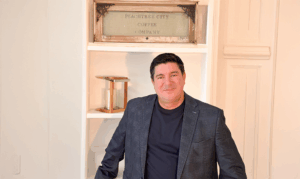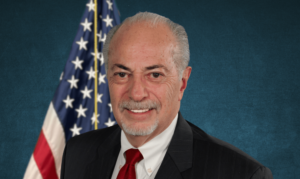Will you impose a 17 percent tax hike on your family? Especially if it locks you into a perpetual financial obligation with a money-losing enterprise? It would be like a coop full of chickens electing Col. Sanders as their negotiating agent with KFC.
Unlike every other tax, you, not your elected representatives, will decide next summer whether to accept such a tax and its iron-clad link to unending MARTA subsidies. Yes, even without it operating in Fayette County, we would become financially responsible for a piece of MARTA.
Voters throughout the 10-county metro Atlanta region will have a chance to decide if we want to raise our sales tax; it’s currently 6 percent in Fayette County, so adding another cent amounts to a whopping 17 percent increase for the next 10 years. Doing so would raise an estimated $8 billion in revenue for transportation projects.
At the county level, Fayette comes off pretty well for the first 10 years; we’re expected to pay in about $190 million and receive about $187 million for projects here. We’d also benefit from a couple of nearby projects in other counties (such as minor improvements to the I-85-Ga. Highway 74 interchange).
The “rest of the story,” as Paul Harvey used to say, is a concurrent tie-in to existing and new Atlanta transit projects that have hemorrhaged red ink for the past 40 years.
How much of our future dollars MARTA would squander is anyone’s guess, but consider that MARTA lost Fulton and DeKalb taxpayers over a half billion dollars during each of the past two years alone (side note: applied differently, what kind of economic growth would that have created?).
A number of urban planning experts say, “Absolutely not,” and Alain Bertaud is one of them. He served as a Principal Urban Planner with the World Bank for over 20 years, with New York City’s Planning Commission, and has consulted with large city planners worldwide (including Atlanta’s).
Bertaud and others recommend population densities of about 72 and 91 persons per acre respectively for bus and rail systems. Sure, you can vary that a bit, but the experts provide a useful benchmark density for transit services.
How does our 10-county metro region stack up? Our population density is a mere 24 people per acre. We’re not even in the ballpark. Our density would have to increase 3.4 times to meet the recommended average density for bus and rail across the entire 10-county region. Even in the city, which is best served by transit, the density doesn’t measure up.
Could that picture change? Could proponents’ expanded service bring in sufficient additional revenue to sustain the system? Not even the Atlanta Regional Commissions Plan 2040 envisions enough 30-year growth for us to respond, “Yes.”
In fact, the Plan’s estimated 2040 population of 6,041,961 would only achieve a density of 35 people per acre, less than half of what’s recommended if everyone for the next 30 years only moved into areas zoned residential as of 2010.
Quite simply, our Atlanta metro area does not (and will not) have the population density to support transit systems that the Regional Transportation Roundtable (RTR) wants you to fund with another $3 billion of tax dollars.
Fayetteville Mayor Ken Steele and County Commission Chairman Herb Frady represent you on the RTR; email, write, call, or meet with them to express your opinion.
Bob Ross
Peachtree City, Ga.











Leave a Comment
You must be logged in to post a comment.